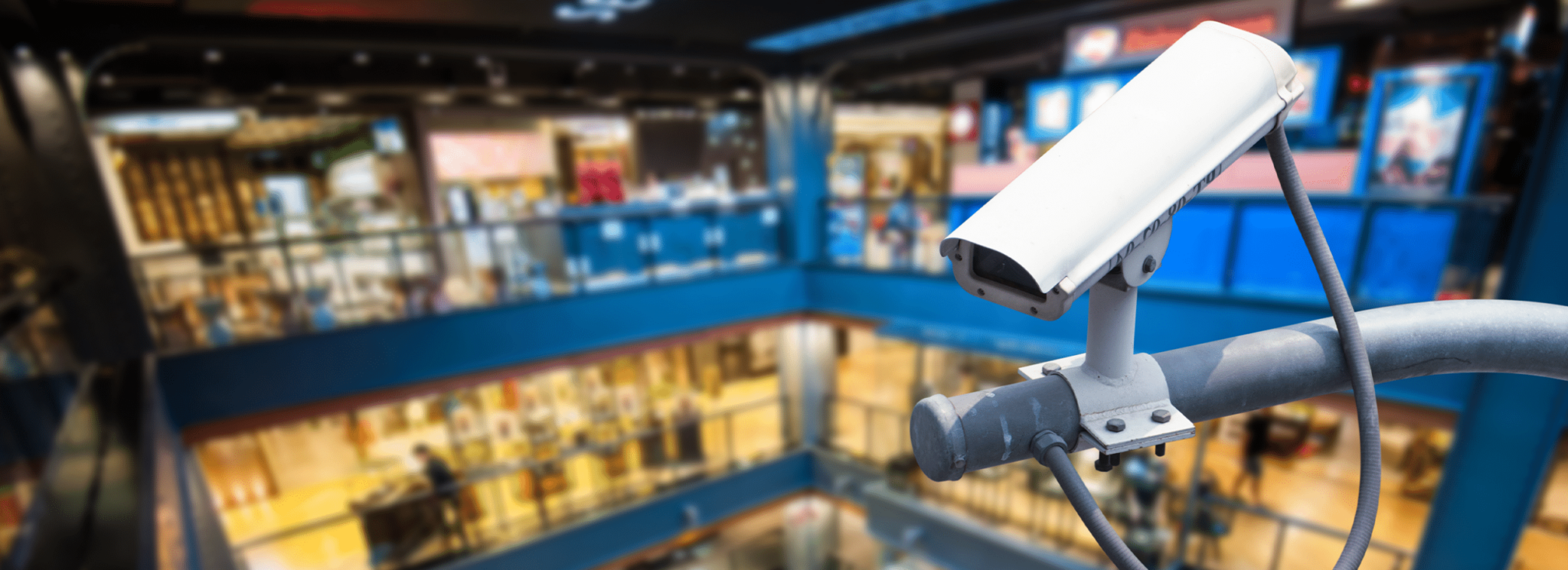An academic study by researchers in the U.K. and U.S. has come out that businesses need to know about. Published in the International Journal of Comparative and Applied Criminal Justice, the title is “The internationalisation of CCTV surveillance: Effects on crime and implications for emerging technologies.”
Its purpose is to determine the effects of CCTV surveillance on crime and how it will affect upcoming technologies. In short, the study has found a 10 percent reduction in crime rates in places that used video surveillance compared to those that did not have security cameras.
About the Study
The researchers have based the study on more than 160 academic CCTV studies. They have ruled out 82 studies because they did not meet the authors’ inclusion criteria or contain enough data. Thus, the 80 studies that have made the cut contained data from 1978 to 2018 and represented nine countries.
Almost half of the studies looked at systems deployed since 2000 with 32 representing technologies from the 2010s. Three-quarters of the studies came from the U.S. or the U.K. The other countries include Australia, Canada, Norway, Poland, South Korea, Sweden, and Spain.
Considering older technology doesn’t have the power of current technology, it could possibly skew the data to show video surveillance as less effective. It’s also probable that video surveillance is more effective than what the studies show especially when the technology relies on artificial intelligence and human involvement.
The study even points out that traditional video surveillance has been mostly passive. That is absolutely true. Even today, some video cameras remain passive. This process depends on someone to alert the monitoring operators that suspicious activity has occurred. The operators mostly spend their time analyzing hours of footage.
That is why it’s crucial to ask the right questions, do your due diligence, find the technology that does what you need it to do, and be proactive. The researchers reveal that systems with proactive monitoring by human operators in a control room or using a wall of monitors were more effective.
Video surveillance in the U.K. shows video surveillance has significantly reduced crime especially in the areas of property crime, vehicle crime, and violent crime. One downside of the study is that the data from the U.K is from before 2010. Therefore, the technology has greatly advanced since then. As for the U.S., the authors found a notable decrease in crime.
What the Video Surveillance Study Doesn’t Show
Security cameras act as a deterrent. They can and do avert crime. Can a study count the number of times this happens? Additionally, businesses with “Area under surveillance” signs benefit from another deterrent. So, how do you account for that in a study?
A discussion on IPVM about parking lots generally states that video surveillance works well when parking areas have more and better surveillance. Someone comments that it’s good enough that apparently crime shifts to areas just out of the cameras’ field of vision in or near other parking garages.
Another reader asks an important question. Did any of the studies involve dummy cameras? Without the monitoring, dummy cameras can only do so much to stop crime. They can’t identify suspects or have a way for someone to talk to the intruders on a two-way speaker. The appearance of security cameras averts some crime. Video surveillance with artificial intelligence and human operators add more layers to stop trespassers who ignore or don’t notice the cameras.
Additionally, separate 2019 research by Dr. Eric Piza of CUNY reports video surveillance works better when companies pair up active monitoring and police interventions. Dummy cameras have neither. They also cannot capture and save suspicious activities for later retrieval.
Video Surveillance and Liability
Besides, businesses using dummy cameras could put themselves at risk for liability issues. Picture your employees and customers noticing the cameras. They rest easy knowing they have protection. Then something happens. They hope help is on the way and that the cameras recorded the events. Imagine what would happen to the affected employee or customer who finds out the cameras are not real.
Fake security cameras can give employees and visitors a false sense of security. Unwatched cameras could be a liability. Video surveillance with monitoring helps decrease liability. Existing court cases support this argument. Because video monitoring can reduce liability, you may gain a bonus benefit. It can help your business save on insurance premiums.
Insurance policies are based on a company’s risk. The higher the risk, the higher the premium the company pays. Security cameras with video monitoring by artificial intelligence and human operators can lower that risk.
Another way video surveillance helps with liability is by recording all activity and providing evidence of what actually happened. The video footage will demonstrate that your company did not intentionally violate safety protocols. This is the kind of support you’ll need in a potential lawsuit.
Installing a video surveillance system tells your insurance provider that you’ve taken extra steps to safeguard your business. Some security companies like Stealth can work with you and your insurance provider to lower your premiums.
Video Surveillance Benefits
Liability and crime are not the only problems businesses face. They also deal with vandalism, arson, severe weather, and trespassing. Video surveillance that pairs artificial intelligence and human monitoring helps ensure your business has eyes on it. The security operator works in a safe location away from the business. The operator does not run into a situation in which his or her life is threatened like those on the property.
You add another layer to your security when you implement an audio deterrent. When the cameras do not scare off the trespasser, the speaker warning can help do that. The operator can warn intruders they are being watched through an on-site speaker. Typically, this compels the suspects to leave without ever committing a crime. Regardless if you use the audio feature, the operator can contact the police and stay on the line until they catch the suspect.
One apartment complex could have had a horrible incident if it had not used security cameras. A child started climbing the gate that keeps people out of the apartment’s pool. The operator issued a warning over the speaker. The child promptly climbed down and ran away.
Security cameras with video monitoring can spot operational improvement opportunities, find ways to boost productivity, and take action that increases employee and customer loyalty.
Here are some benefits of video surveillance:
- Maximized security: The combination of artificial intelligence, human operators, cameras, monitoring, and audio speakers together optimize security to help stop crime.
- Faster response times:
Trained monitoring operators can spot something before and as it happens. They contact law enforcement and provide real-time updates. - Liability protection:
Provides proof of incidents for insurance claims and lawsuits. - 24/7 monitoring: Ensures everyone stays safe during the day while working or visiting your business. When no one is on the property at night, monitoring helps deter trespassers and staves off damage.
- Complete site coverage:
Cameras monitor the entire perimeter of the business all at once including areas where security guards can’t see.
Video surveillance systems produce savings in various ways. They help reduce theft, cut risk, increase productivity, and save on insurance premiums. With security cameras and monitoring, companies can reduce or eliminate the use of security guards. Investing in a video surveillance system will result in a quick ROI and perhaps increase revenues.
Why Work with Stealth Monitoring
You gain many advantages when you choose Stealth Monitoring’s security services. Stealth has offices across North America including the U.S. and Canada. As such, the company has built relationships with law enforcement departments all over North America. Stealth customers benefit from this relationship because law enforcement responds faster knowing Stealth is a reliable source that provides video verification.
Working with Stealth, you also profit from our extensive site coverage, round the clock protection, and proactive response. Some of our clients have reported seeing their operating income go up.
The other plus of choosing Stealth is that we have experts in multiple industries. Security requirements vary by industry. What an automotive dealership needs by way of security is very different from what an office or apartment property needs. The same goes for construction. Not only that but also two construction companies will not have identical requirements.
You can count on receiving a solution that maximizes your security while keeping costs as low as possible. You’ll work with a security architect who will ask questions to determine your requirements. Then, they create a security plan that delivers what you need without any wasted extras.
When you interview security companies, ask to see their videos. Better yet, here are the best questions to ask a security company.
To give you an idea of what video surveillance can do, check out these clips:
- Thief steals tires in a parking lot
- Intruder steals construction materials
- Catalytic converter theft at a dealership
- Construction site trespasser
To find out more about remote video surveillance and how this proactive security solution can help prevent crime, lower your liability and risk, save on costs, and cover more ground than a traditional security guard for the fraction of the cost, contact us today.

